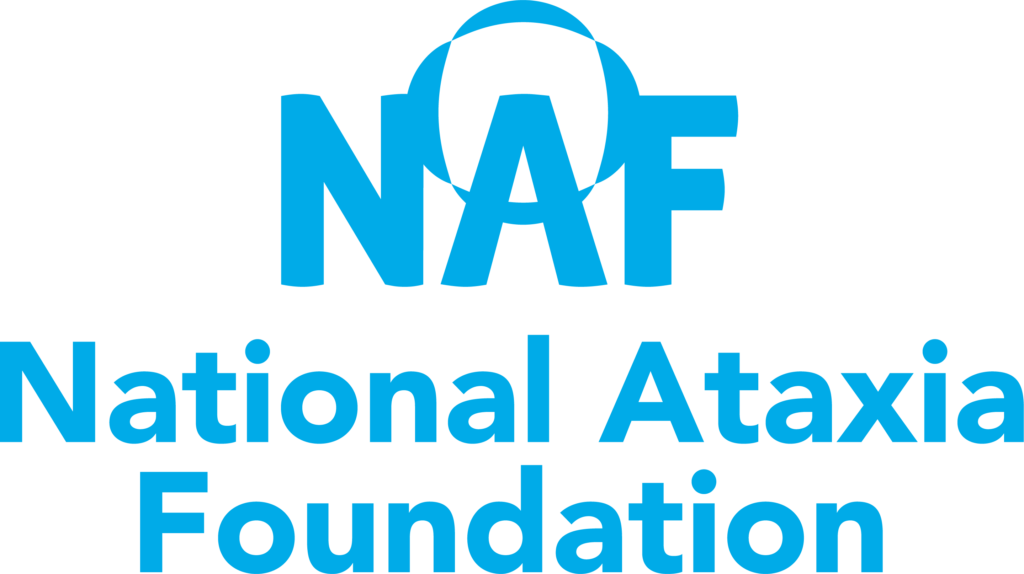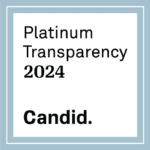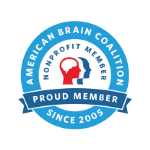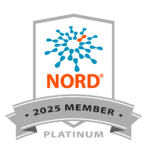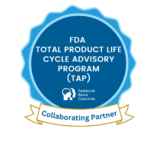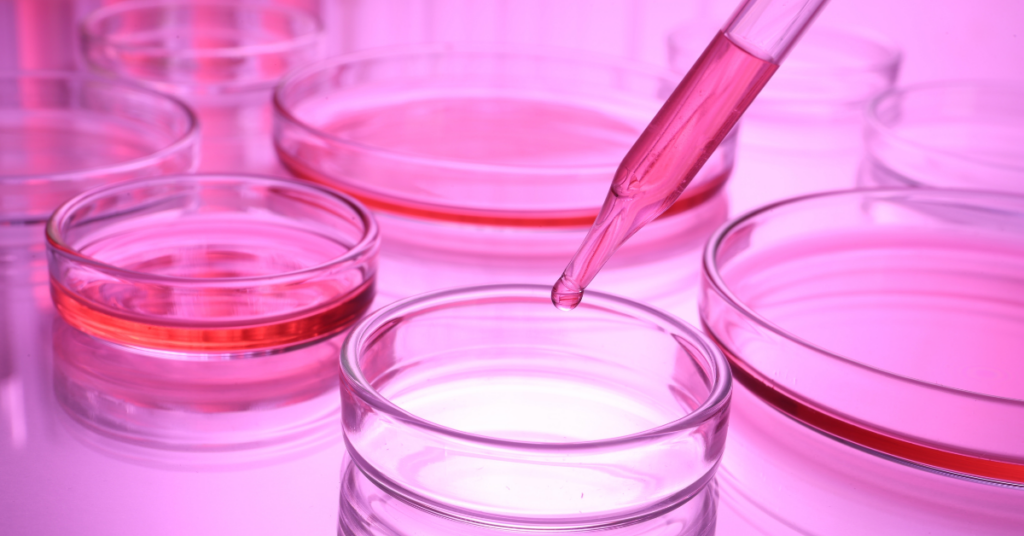
Induced pluripotent stem cells or iPSCs are adult stem cells that can be transformed into different types of tissues or organs. This research can be used to study different disease mechanisms.
Many multicellular organisms like us come from a fertilized egg cell, the zygote, which divides into more and more cells. More division leads to the formation of a blastocyst, which has embryonic stem cells inside. Those cells do not have a special job yet, which means that they can become any cell in the body. Scientists call them pluripotent!
All cells in your body (with a few exceptions, like mature red blood cells) contain your DNA and use different parts of it. Genes in the DNA are regulated, meaning that they can be turned on or off. Stem cells activate certain genes in the process of changing into diverse, specialized cells.
For example, those that will become skin cells will have a different area of genes turned on than the ones that will become stomach cells. Elements known as transcription factors determine the areas of your DNA that will be expressed in a cell. The different DNA areas will be used to make specific proteins that can impact the shape and functions of the cell.
Pluripotent stem cells have been proposed to be used to regenerate tissues that are damaged by disease or an accident. But there are two major issues with this idea:
- Ethical issues because the extraction of embryonic stem cells results in the termination of the embryo.
- The organ or tissue developed from stem cells that did not come from the patient will carry the risk of rejection. This is when the immune system attacks tissues that it doesn’t recognize.
In 2012, Sir John Gurdon and Shinya Yamanaka received a Nobel prize for discovering that mature cells can be reprogrammed to act like pluripotent embryonic stem cells without the need for human embryos.
A very small sample of skin is collected from a patient, placed in a dish, and four transcription factors are added. This combination is now called “Yamanaka factors”. After a few weeks, the cells are reprogrammed to act and behave just as pluripotent embryonic stem cells.
We can then guide these cells to become whatever we want by using developmental biology tricks. Using different combinations of nutrients, we can simulate the environment in the body where different types of cells grow.
For example, if we want to grow motor neurons, we add the growth factors and nutrients that are normally expressed in the body to transform embryonic stem cells into neurons. In short, we are following the human body’s recipe to make any tissue we desire.
iPSC-based treatments have been studied for a variety of diseases such as Parkinson, cerebellar ataxias, diabetes, and various blood and heart diseases. They can be used to test developed drugs, in cell and gene therapies, and to understand the mechanisms of these diseases. More research needs to be done, but iPSCs are a useful tool to better understand the root causes of ataxia.
If you would like to learn more about induced pluripotent stem cells, take a look at these resources by Nature and EuroStemCell.
Snapshot Written by: Asmer Aliyeva
Edited by: Priscila P. Sena

Snapshot: O que é Distonia?
Distonia é uma desordem que afeta a maneira como uma pessoa se move. Mais especificamente, pessoas com distonia têm contrações musculares involuntárias, que podem causar posturas anormais. A distonia pode Read More…
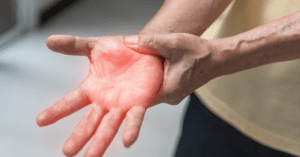
Snapshot: What is Neuropathy?
Our nervous system consists of the central and the peripheral nervous system. The brain and spinal cord are components of our central nervous system (CNS), while the peripheral nervous system Read More…

Snapshot: ¿Cómo miden los médicos la severidad de la ataxia en los pacientes?
La coordinación de movimientos finos y efectivos es esencial en las tareas diarias, como hablar o caminar. La capacidad de orquestar exitosamente estos movimientos se denomina comúnmente “coordinación motora”. Si Read More…



